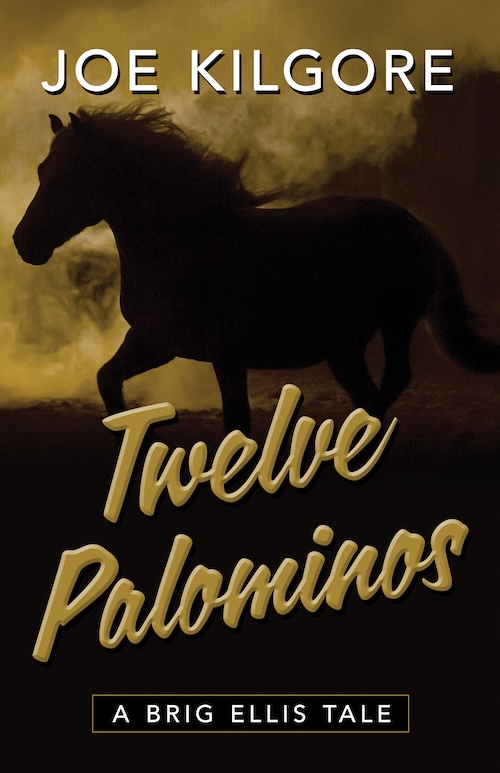Noir Made New Again
Friday, June 11th, 2010I was rummaging through the book store like a blind pig hunting truffles. The problem is I can’t smell anything anymore. Too many sinus surgeries have left my olfactory nerves dead as yesterday’s news. But I was determined not to leave empty-handed. So I went on eyeballs alone and picked up Gun, With Occasional Music. The title alone seared my fingertips. I didn’t even read the dust-jacket. The cover copy was set in typewriter face and that was all I had to know.
Imagine my surprise when I began to nibble on what I initially took to be another bad Raymond Chandler riff and a kangaroo shows up sticking a roscoe in the protagonist’s ribs. I had already been introduced to an evolved kitten in an evening dress and a heaping mouthful of metaphors that would gag a goat. What goes on here? What had I stumbled into? Why was I finding myself getting hooked on a gumshoe who snorts coke off his dashboard and cracks wise to sheep in lace nighties?
Apparently sometime around 1994 Jonathan Lethem had convinced a publisher there was scratch to made by setting classic private eye noir in whatever might laughingly be called the future. Not so far in the future that people had stopped driving cars and shooting guns and having sex. But just far enough in the future that animals had evolved to the point that they were no longer simply pets and companions, they were now employees, and hired muscle, and friends, and mistresses, and lovers. Oh, and I should probably mention that in this future the radio and television play both musical and non-musical news, recreational drugs have become not only medicinal but absolutely essential to everyday existence. Forgetall, Acceptall, Blanketall, and more are consumed liked people used to chain-smoke. And not totally unlike smoking, the active ingredient in all those drugs is Addictall. You get the picture. But you don’t remember it. Which is kind of the whole point.
Another interesting thing about this brave new world is that people’s identity cards have karmic levels that can be increased or decreased by the police. When your karmic level gets too low, watch out brother. You’re a prime candidate not for jail or prison, that’s too old school. No, it’s the freezer you’ve got to fear. And who wants to be put on ice for a decade or two.
So, what you have is this 1930’s shamus in the middle of 20-who-knows-when, navel deep in all the pulpy behavior we’ve come to know and love. Murder, gambling, prostitution, boozing, whoring, fist-fights, shoot-outs and more. Oh yeah, I almost forgot to mention there are also babyheads. Hideous genetic experiments that have the short stature of babies and the nasty intellects of adults with bodies that are frighteningly somewhere in-between.
The good news here is that the writer has a firm grasp on what really makes noir work regardless of its hour on the cosmic clock. A hero whose life is a mess but whose character, though battered, is still intact. Tough-as-nails broads, ham-fisted cops, badass villains (some with tails), inept crooks, non-innocent bystanders, and a future getting bleaker ever day.
There’s talk of a movie to be made of all this, and if they stay true to Jonathan Lethem’s vision, it should be a doozy.
I closed the back cover on Gun, With Occasional Music with a lingering wisp of regret. I was sorry to see it end. And if you ask The Fiction Fortune Hunter, that’s what you want out of any novel. Even the ones you just pick up in the bookstore because they have a title that slaps you in the face and makes you like it.
